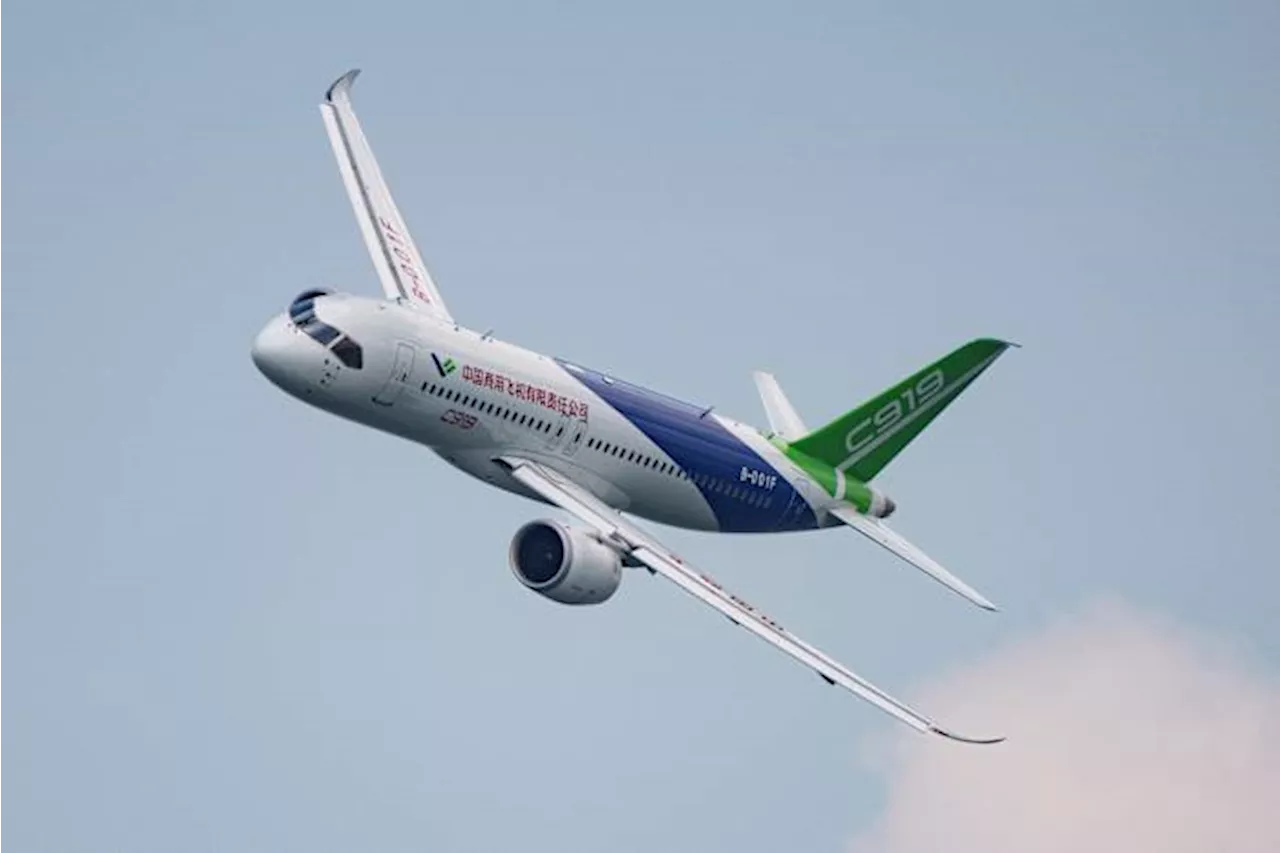China and the Association of Southeast Asian Nations (ASEAN) have signed an upgraded free trade agreement known as ACFTA 3.0, aimed at enhancing economic collaboration and countering rising protectionist measures globally. The agreement was formalized during a summit in Kuala Lumpur, Malaysia, and is intended to foster cooperation in various sectors, including green energy and electric vehicle (EV) standards.
During the signing ceremony, Chinese Premier Li Qiang emphasized the potential benefits for the eleven ASEAN nations, positioning the agreement as a response to the increasing economic challenges they face, particularly from high tariffs imposed by external powers. He stated that “interference by external forces in our region is rising,” indicating a clear critique of the trade policies initiated by the United States under former President Donald Trump.
The Ministry of Commerce in China highlighted the significance of ACFTA 3.0, suggesting it would “inject greater confidence and momentum into regional and global economic growth.” The updated agreement builds on previous iterations of the trade pact, which was first established in 2002 and fully implemented by 2010. Since then, it has undergone several upgrades, with the current version incorporating more robust provisions for sustainable energy practices, reflecting China’s dominant position in manufacturing solar panels, batteries, and electric vehicles.
Concerns Amid Optimism
While the agreement has been welcomed by many ASEAN members, it has also raised concerns, particularly regarding China’s activities in the highly contested South China Sea. Ferdinand Marcos, Jr., President of the Philippines, expressed his support for the upgraded pact but underscored the necessity for China to commit to meaningful cooperation in the region, particularly related to territorial disputes.
Marcos criticized China’s continued assertiveness in the South China Sea, stating that actions such as the recent harassment of Filipino fishing vessels cannot be overlooked. He pointed out that China’s declaration of a “nature preserve” on territory claimed by the Philippines disregards international law and undermines Philippine sovereignty. “Actions like these cannot hide under the veneer of marine environmental protection,” he asserted.
Regional Dynamics and Future Prospects
The signing of ACFTA 3.0 comes at a time when ASEAN countries are navigating complex geopolitical landscapes, balancing relationships with both China and the United States. Malaysian Prime Minister Anwar Ibrahim remarked on the dual engagements with both nations, highlighting the importance of ASEAN’s centrality in regional diplomacy. He noted, “The day before we were with President Donald Trump of the United States of America, and today we are back with China.”
This newly signed agreement aims to strengthen economic ties between China and ASEAN, which together represent a market of over two billion people. The trade volume between these entities has been growing, despite the backdrop of heightened global trade tensions. The ACFTA 3.0 agreement is seen as a strategic move by China to reaffirm its influence in Southeast Asia and to counteract the economic pressures stemming from protectionist policies elsewhere.
As the region braces for the implications of this upgraded trade agreement, it is clear that the dynamics of international trade, regional cooperation, and territorial disputes will continue to shape the future of ASEAN and its relationship with China.







